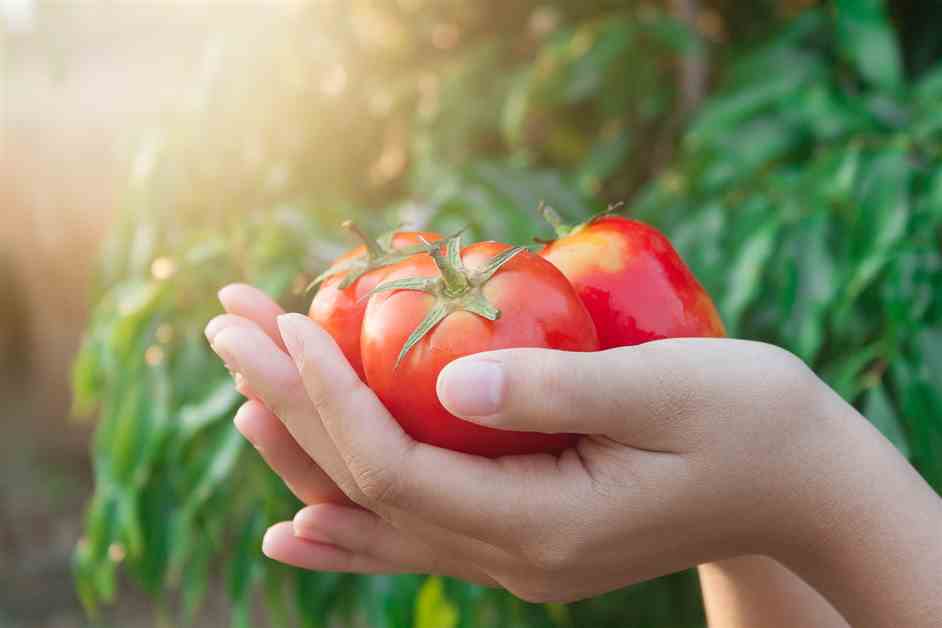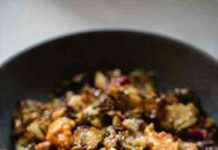New Study Reveals the Daily Amount of Tomatoes to Lower Blood Pressure
A recent study suggests that tomatoes could lower blood pressure by a third.
Tomatoes are a popular choice, especially during the summer months. In France, the peak season for tomatoes is in June, but they can be found in stores from May to September. These «vegetables-fruits» (there is some debate!) are packed with fiber, vitamins, and antioxidants that protect our cells, skin, and organs. They are also believed to be beneficial for our heart, according to a study published in early 2024 indicating that tomatoes have a significant effect on high blood pressure.
In the European Journal of Preventive Cardiology, researchers from Barcelona followed 7,056 participants, 82% of whom had hypertension. The participants were asked about their daily consumption of tomatoes (or tomato-based foods) and divided into four groups: those who ate little to no tomatoes each day, an «intermediate» group, a «higher intermediate» group, and a group that consumed a lot of tomatoes daily. Their blood pressure was monitored throughout the study. At the end of the analysis, the researchers concluded that:
– Individuals without high blood pressure who consumed the most tomatoes or tomato-based foods had a 36% lower risk of developing hypertension.
– Hypertensive individuals who consumed the most tomatoes or tomato-based foods saw a one-third decrease in their diastolic blood pressure compared to groups that ate little to no tomatoes. Diastolic blood pressure reflects the pressure in the arteries when the heart is at rest.
The cardioprotective effect of tomatoes is attributed to two substances: lycopene, which helps maintain the flexibility of blood vessel walls, and potassium, which helps manage the effects of sodium and control fluid levels in the body. According to Rosa María Lamuela-Raventós, co-author of the study, «Lycopene – the most abundant carotenoid in tomatoes – not only reduces the conversion enzyme of angiotensin 2 (the basis of medications used to treat hypertension) but also promotes the generation of nitric oxide in the endothelium [cells lining blood vessels] – helping to lower blood pressure and improve blood circulation.»
Tomatoes are versatile foods that can be eaten raw, in salads or sandwiches, or cooked in sauces. While the preparation method was not studied in this particular research, Dr. Lamuela-Raventós suggested that they may provide more benefits when cooked. «I believe that future clinical studies should take into account the processing of tomatoes and home cooking techniques since the bioavailability of carotenoids and other antioxidants (such as polyphenols) increases when the tomato is cooked.»
The hypertensive effect is noticeable with a daily consumption of 82 grams of tomatoes, which is a little less than a round tomato or the equivalent of 8 cherry tomatoes per day. Individuals who consumed 110 grams experienced a better hypotensive effect. According to the researchers, other foods may also have an impact on hypertension, including beets and artichokes, which are rich sources of potassium, as well as red peppers and watermelon, which are high in lycopene.




















